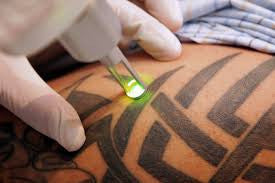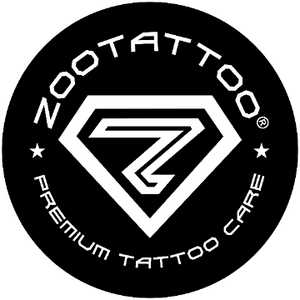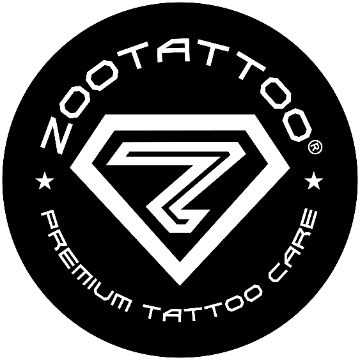A Guide to Laser Tattoo Removal in Australia

It is estimated that close to 25% of the Australian population alone has some sort of tattoo and as many as 50% of them want to have at least one tattoo removed.
There is good news for those who have an unwanted design. Newer laser tattoo removal techniques can eliminate your tattoo with minimal side effects. I for one have had a tattoo removed very successfully with no scarring or damage to the skin.
So how does laser tattoo removal work?
Put simply, lasers remove tattoos by breaking up the pigment colours of the tattoo with a focused light beam. Black tattoo pigment absorbs all laser wavelengths making it the easiest to treat while colours are treated by selected lasers based on pigment colour.
Who Can Benefit from Laser Tattoo Removal?
Given every tattoo is unique, removal techniques are typically tailored to suit each individual case. In the past, tattoos were removed using a variety of methods but in many cases some methods caused scarring.
Tattoo enthusiasts with previously treated tattoos may also be candidates for laser removal. Tattoos that have not been effectively removed by other treatments most often respond well to laser therapy providing the prior treatments did not result in excessive scarring.
How Do I Find a Reputable Laser Tattoo Removal Provider?
In planning your laser tattoo removal, it’s important to spend some time to find someone reputable to ensure proper treatment and aftercare. If possible, you should obtain a recommendation from someone who has been there and done it before. Also consult your local tattoo studio of which are often a great resource for offering recommendations. Many tattoo studios also offer laser tattoo removal so don't be afraid to ask and book in a consultation to discuss your requirements.
What Can I Expect During Laser Tattoo Removal?
Depending on the size and colour of your tattoo, the number of treatments will vary. Small to medium sized tattoos may take up to four sessions whereas larger tattoos may take as many as 10 or more sessions. You should schedule a consultation first during which time a trained professional will evaluate your personal situation and advise you on the process and costs.
Treatment with laser varies from patient to patient with age, tattoo size, and type of tattoo (amateur or professional) or come in to play. The colour of the patient's skin as well as the depth to which the tattoo pigment has penetrated will also affect the laser removal technique.
In general, this is what will happen during a laser tattoo removal session using newer laser technology:
- Protective shields are placed over the eyes
- The skin's reaction to the laser is tested to determine the most effective intensity required for treatment
- The treatment itself consists of placing a hand piece against the surface of the skin and activating the laser light. Many people describe the sensation similar to the snapping of a rubber band against the skin. I for one can attest to this though it’s not much dissimilar to the tattoo procedure itself.
- Smaller tattoos require fewer pulses while larger ones require more. In either case, the tattoo requires several treatments and multiple visits. At each treatment the tattoo will become progressively lighter.
- Immediately following treatment, an ice pack is typically applied to soothe the treated area. At this point it’s important to apply an anti-bacterial and anti-inflammatory laser tattoo removal aftercare. A bandage or patch will be used to protect the site and it should likewise be covered with a sun block when out in the sun.
Most people won’t require an Anesthetic however depending on the location of the tattoo and the pain threshold of the patient, the laser removal provider may elect to use some form of Anesthetic or painkiller.
What Are the Possible Side Effects of Laser Tattoo Removal?
There are minimal side effects to laser tattoo removal though you should consider these factors in your decision:
- The tattoo removal site is at risk of infection much like it was when you got the tattoo in the first instance. You may also risk lack of complete pigment removal, and there is a slight chance that the treatment can leave you with a permanent scar. Tattoo cover-ups are a good solution to cover any light scarring if it occurs.
- You may also risk hypopigmentation where the treated skin becomes slightly paler than the surrounding skin, or hyperpigmentation where the treated skin becomes slightly darker than surrounding skin.
- Cosmetic tattoos like lip liner, eyeliner, and eyebrows may darken following treatment with tattoo removal lasers. Further treatment of the darkened tattoos usually results in fading.
Is Laser Tattoo Removal Safe?
Thanks to newer technology, laser tattoo removal has become much more effective with very little risk of scarring. Laser treatment is safer than many traditional methods such as excision, dermabrasion or salabrasion because of its unique ability to selectively treat varying pigments in the tattoo.
Laser Tattoo Removal Aftercare
As mentioned earlier, it’s extremely important to apply a suitable tattoo laser removal aftercare to avoid inflammation of the skin, and ward off bacteria from settling in. Natural based applications are preferred over chemical based products and a good aftercare product will go a long way to helping you to avoid scarring and help the skin heal and return to its natural colour.
Find more information on organic Laser Tattoo Removal Aftercare here>>
For further in depth reading on tattoo removal, visit this post here>>
0 comments



